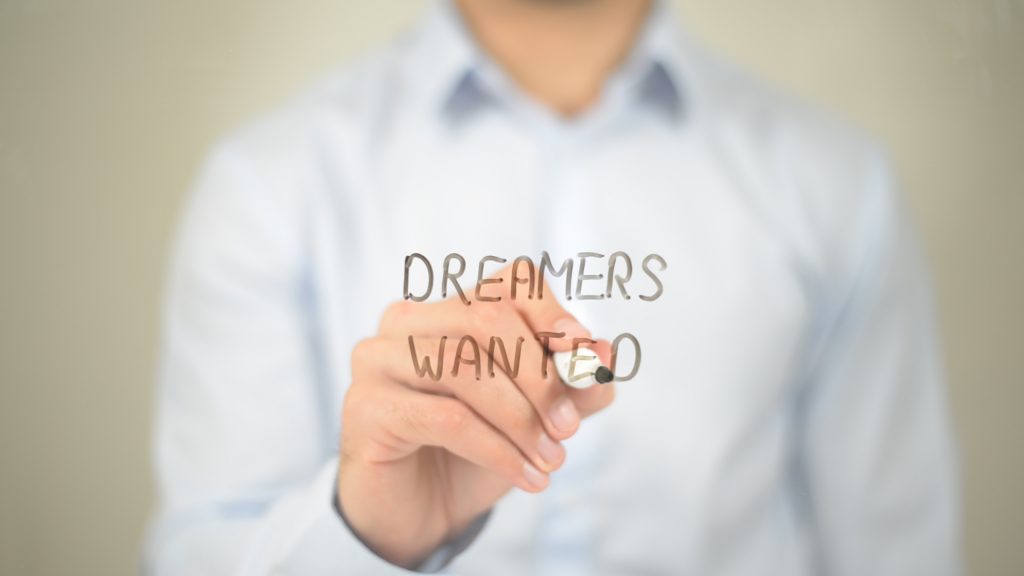08/01/2020
The history books are not filled with their exploits, or their inventions, because in many cases they could not even use their name to register the patent, and they used pseudonyms or the name of their husbands because the laws of the time prevented them from doing so. In others, because the inventions are still recent and their development has yet to be calibrated. But these Spanish women inventors have changed the course of history.
Their inventions, collected in the book ‘Superwomen, Superinventors’ by Sandra Uve, range from the e-book to Chinese balls, from eco-food to a vaginal gel that prevents HIV contact without informing the partner. This is the story of 8 Spanish women whose ideas transformed our lives.

Ángeles Ruiz-Robles
The Madrid City Council will name a street after him in the Villaverde district. No wonder. The Leonese teacher was the inventor of the e-book 22 years before Michael Hart took the credit in 1971. He called it a “Mechanical, electrical, air-pressure, mechanical procedure for reading books” and it bore patent number 190,698. It was devised by this inventor for one purpose: to free her students from the burden of carrying so many books on their backs.
Margarita Salas
The Spanish scientist passed away just two months ago, leaving Spanish science without one of its most important references in recent times. The researcher initiated the development of molecular biology and made important contributions on how DNA works, but she was also an inventor.
Salas patented his DNA amplification system in the USA in 1989 and then in Europe in 1997 on behalf of CSIC. During the six years that the patent was active, between 2003 and 2009, it generated more than six million euros. It is estimated that the products incorporating the technology developed by the Spanish scientist will be worth around 150 million euros by 2020.
Concepción Aleixandre-Ballester
He was born in 1862, but his inventions were ahead of his time. As a doctor of gynecology, she devised a device with two ring-shaped mechanical pessaries that were flexible and could be molded to fit the vagina. Its function was similar to that of Chinese balls today: to strengthen the pelvic floor.
Fermina Orduña
Fermina was the first woman in history to register a patent in her own name. Not only in Spain but all over the world. He did so in 1865. He predicted the rise of eco food now present in many cities selling freshly milked milk of different types (cow, donkey or goat) at home. The system worked automatically: the animal climbed into the machine, was milked, and the milk was served in a jar where it remained warm.

Celia Sánchez-Ramos
In 1959, this native of Zaragoza invented a system to authenticate identity through corneal recognition, a biometric security method that has already been acquired by offices, banks, hotels and all kinds of companies.
Sister Perboire
Her real name is María del Carmen Ortiz de Arce, although she is better known as Sister Perboire. Before 1932, he devised a system called Sor de lectroescritura, a strip with a stylus that allowed the blind to write in Braille, thus facilitating the tracing of characters with relief and detectable to the touch.
Elia Garci – Lara Catalá
Another pioneering inventor was the Valencian Elia Garci – Lara Catalá, who in 1890 designed the “lavarropa”, a time-saving device for household chores. It was a multifunction device that washed clothes, rinsed, dried, ironed and finally folded them. Unfortunately, it was never marketed.
Teresa Gonzalo
In 2012, the young researcher created a vaginal gel that inhibits the transmission of HIV by 80% so that some women can protect themselves without their partner’s permission, which is forbidden in some parts of the world. He has founded his own company, Ambiox Biotech, to market this gel, which is more economical than other prevention products as the manufacturing costs are lower because it does not include biological molecules.









